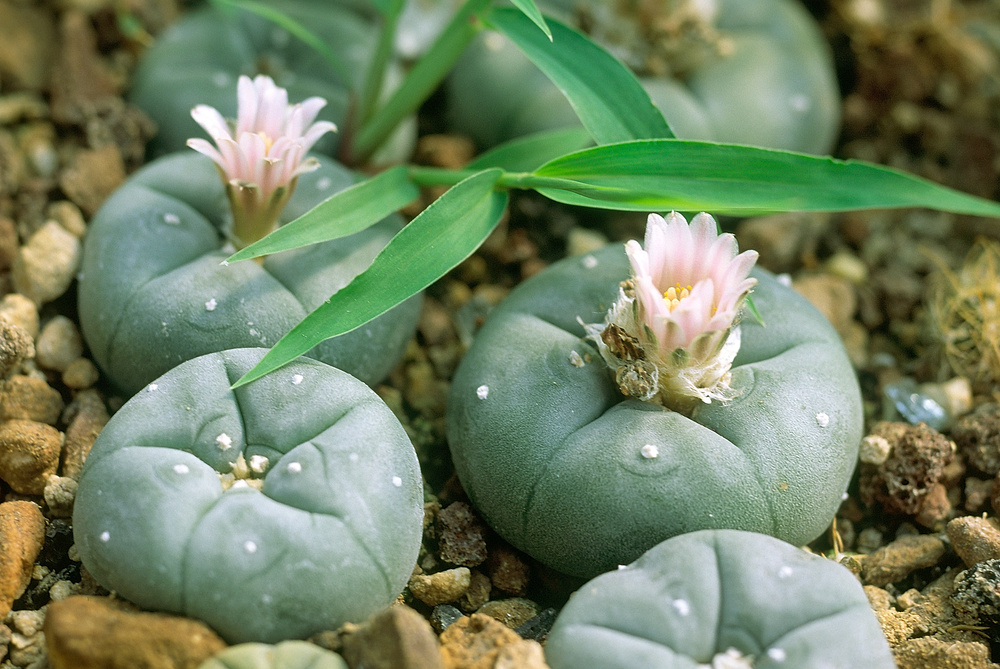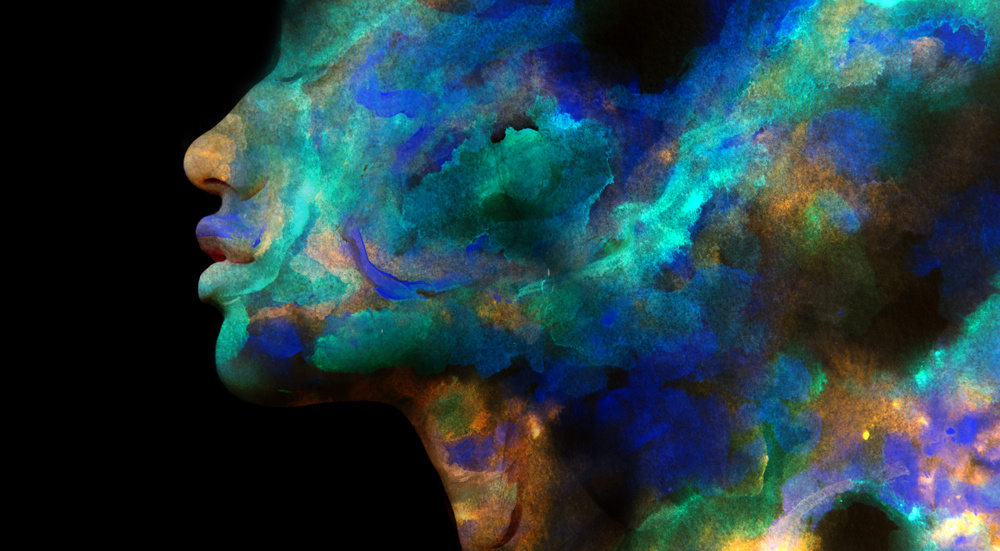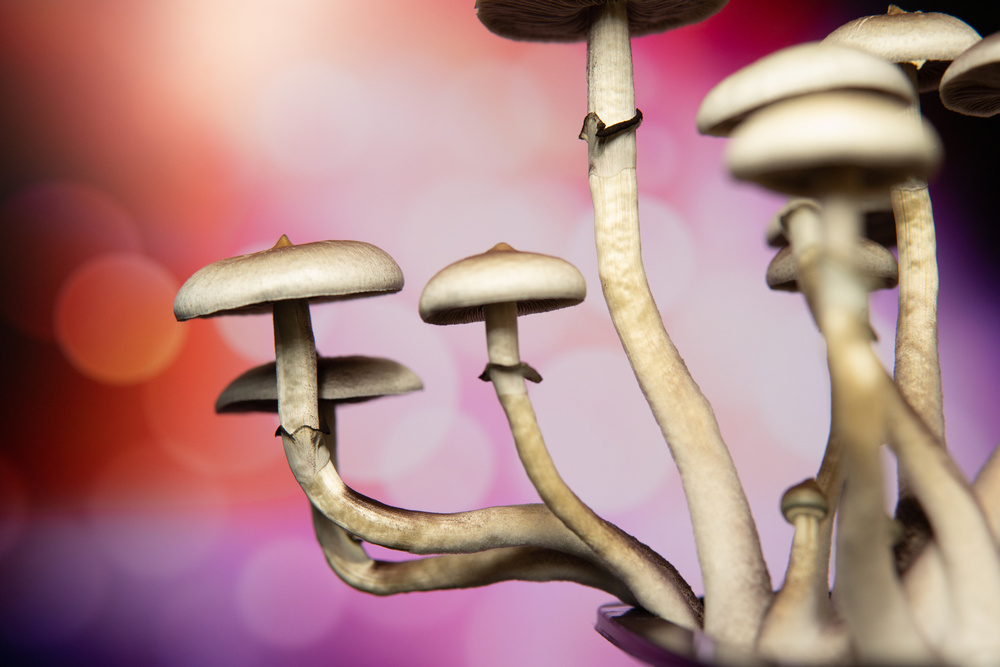In Aldous Huxley's iconic book ‘The Doors of Perception’, Huxley uses mescaline to expand his consciousness and transform his perception. He was able to perceive the divine significance of absolutely simple and everyday objects while on the drug. This ancient hallucinogen is now reentering public discourse, thanks to a surge in psychedelic research and cultural curiosity. So, what is mescaline? Let’s start from there.
Mescaline is a naturally occurring hallucinogen found in peyote, San Pedro, the Peruvian torch and a few other cacti. The DEA fact sheet shows that the drug was used by indigenous people for several centuries, especially in North and South America, during spiritual ceremonies. This compound evokes states of consciousness, which further induce a sense of profound self reflective experience and relatedness with nature.
How does mescaline work?
Modern research has shed light on the exact mode of action of this hallucinogen and its potential in mental health therapies. Mescaline acts on serotonin receptors, more specifically on the receptor 5-HT2A related to the regulation of state mood and perception. This explains the sensory distortion, emotional shifts in states and special thought forms that characterize the mescaline type of experience. These experiences can be beneficial to people with mental health conditions such as depression and anxiety.
For example, many users commonly report bright moving colors and patterns, even with their eyes closed when they take mescaline. These visuals are accompanied by euphoria, heightened empathy and deep spiritual insight. It is important to state that these experiences are dose dependent, state dependent and vary due to other factors such as setting and the psychological state of the user.
How long does mescaline last?
One of the quirky features of mescaline is its action: it is a very long acting compound. It starts working after ingestion in 30 to 90 minutes, peaking at about two to four hours. The experience will taper off gradually with residual effects lasting up to 12 hours.
Mescaline’s long trip can be both a blessing and a curse. Those seeking to have deeper introspection find its prolonged action beneficial because it allows more self investigation of what is happening. But for first time users, this long duration may be scary or uncomfortable. Halfway through the trip, they may feel overwhelmed and realize that they weren't prepared for the drug.
How to take mescaline
How is mescaline taken? It is administered according to its source. The traditional administration involves chewing on or brewing into tea fresh or dried buttons of cacti on which it naturally occurs; however, for modern users, capsules are used because it allows for a more accurate measurement of dosage. Dosage is everything.
Science Direct reports that a mescaline dose of 300 to 500 milligrams is sufficient to elicit its full effects. Higher doses tend to increase the intensity of hallucinations and may induce nausea or anxiety. Beginners are advised to take lesser doses so that they get an idea about their tolerance.
Preparation is also essential. A comfortable and safe environment can help streamline the experience. Listening to soft music, being surrounded by trusted friends and avoiding overstimulation are all ways to maximize the therapeutic benefits of mescaline while minimizing the possibility of distress.
Is mescaline legal?
Legality in the case of mescaline varies a great deal worldwide. In the United States, mescaline is a Schedule I controlled substance; therefore, it is illegal to use recreationally. There is an exception for the Native American Church which uses peyote in religious practice.
In Canada, it is banned; however, the cultivation of the cactus that contains mescaline is allowed for ornamental reasons. Some countries like Peru and Brazil allow it for use in traditional ceremonies but ban it for recreational or commercial uses.

Is mescaline addictive?
Mescaline is not believed to be physically addictive. It does not make a person dependent in the manner of opioids, which change the means of pain and pleasure inside the human brain. Mescaline does not lead to withdrawal symptoms, and the body very fast develops tolerance which prevents the substance from being used more often.
Is mescaline an opioid? No. However, psychological dependence can occur if individuals use it as an escape from reality whenever they wish. It must therefore, be treated with caution as a tool but never as a crutch. It’s important to consult a mental health practitioner before using mescaline for depression and anxiety.
Components of a mescaline experience
Mescaline can generate diverse and extensive effects, which can be grouped as Visual Emotional and Physical.
Visual Effects
The most frequently reported visual effects are brilliant, shifting patterns, such as kaleidoscopes. These can be seen with the eyes open or closed and are often associated with an increased sensitivity to the beauty of art and nature.
Emotional Effects
Mescaline increases feelings of empathy and introspection. Users may feel a deep connection to others and experience heightened self awareness. For example, a person who has unresolved feelings may find clarity or closure during his trip.
Physical Effects
Other frequently encountered mescaline effects are feelings of warmth, slight nausea and increased pulse. Commonly, these are tolerable if you take the right dosage.
Mescaline risks and side effects
Like any other substance, even mescaline possesses some risks. The general side effects are nausea, dizziness, and increased heartbeat, among others. Symptoms are mostly mild in severity yet sometimes distressful to a novice user.
Serious risks include paranoia or anxiety, particularly if a person is in some insecure or unknown environment. Such a "bad trip" may be minimized by preparation and with a trusted guide and reasonable doses.
It is also important to note that mescaline interacts with some medications and might increase the effect unpredictably. One should always consult a healthcare professional before using the drug.
Therapeutic potential
Mescaline shows promise in treating mental health conditions, including PTSD, depression, and addiction. Researchers are interested in the emotional breakthroughs and new outlooks it can encourage. For example, a recent NIH study found that controlled mescaline use helped participants work through deeply buried emotions associated with anxiety and depression.
Mescaline's future is hopeful
Mescaline is one of those drugs that has not only deep historical roots but also modern scientific intrigue. Understanding what mescaline is, its effects and its risks enables one to approach it with respect and caution in the treatment of mental health conditions. Research is still ongoing, but current studies show that mescaline can indeed be beneficial for anxiety, depression as well as alcohol use disorder.
However, mescaline is a powerful hallucinogen that can only be safely and legally used under the guidance of a professional health practitioner in a certified clinic.



